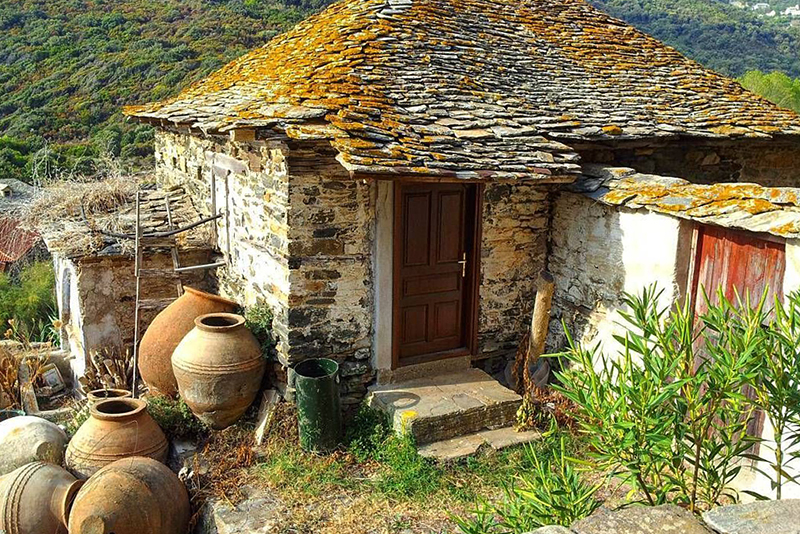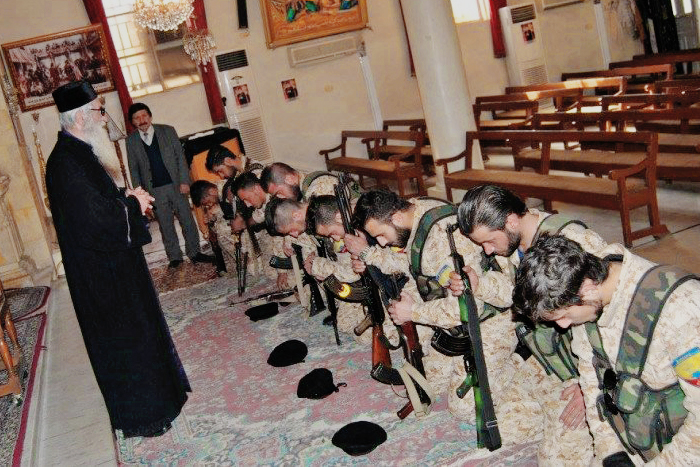
I went to Greece almost every summer during my child and teenage years and, without fail, would visit various monasteries during my stays.
During the summer’s major feast days — especially the Dormition of the Theotokos commemorated on August 15th — city dwellers and village folk alike would gather together in monasteries to celebrate, fostering a sense of community unity and love.
From our village’s main monastery built unbelievably onto the face of a mountain to the marvellous Meteora, something about the monastic life tugged at the strings of my soul.
Despite being largely ignorant of the monastic way of life, it nonetheless intrigued me: the mannerism of monks; the simultaneous detachment from, but love for, the world; the traditional black garments worn.
It was not until years later when I began visiting monasteries as an adult that I came to better understand this sacred pathway to Paradise.
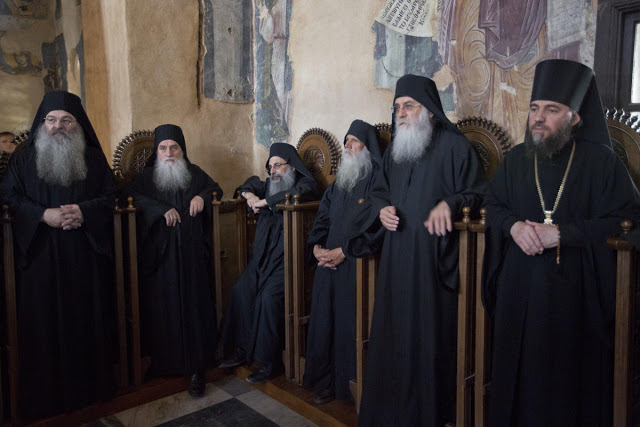
I recently met a nun who encapsulates all that is good and healthy with Orthodox monasticism.
Humble; free from anger; devoted to prayer; blessed with discernment; obedient to the Church and Her leaders; and, above all, full of love, not just in word — as some are apt to be — but in deed.
In today’s society where self-promotion is especially pervasive, this nun was concerned with connecting people to Christ, not to herself.
Christ is “the Alpha and the Omega” (Rev 22:13) and we need Him to be the centre of our lives; as St. Paul instructs, “Imitate me, just as I also imitate Christ” (1Co 11:1).
Christ became incarnate (Theanthropos) so we can become “God by grace” as the Church Fathers teach. This door is not opened only for clergy, monks and nuns, but for all people who are mindful always of God and seek Him with humility.
Recall that although St. Paul exalts the virtue of chastity, he also writes, “For it is better to marry than to burn with passion” (1Co 7:9). Our common quest is for holiness, be it in a monastery or marriage.
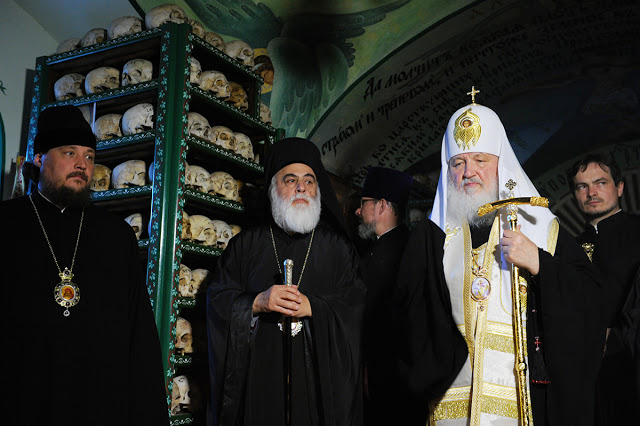
In addition to the many married saints of the Holy Orthodox Church, monastics have served as a guiding light and inspiration for hundreds of years.
If you study the lives of the saints of the One, Holy, Catholic and Apostolic Church you will uncover countless men and women — from Anthony the Great and Xenia the Deaconess of Rome in the first few centuries of Christendom, to Sts. Methodia of Kimolos and Porphyrios of Kafsokalyvia in the 20th century — who struggled in asceticism to reach human perfection.
As our Venerable Father John Climacus writes in his wellspring of spirituality and most edifying book, The Ladder of Divine Ascent, “Angels are a light for monks, and the monastic life is a light for all men” (Step 26:31).
The nun whom I was blessed to meet is like a full moon in the desert night, abounding with light (and love). For in today’s society, clergy and monks and nuns alike should focus on respecting the freedom of man and teaching God’s truth in a spirit of love, not on the praise of the people or other spiritual dryness (such as Facebook which often births excessive self-love).
This last point is imperative; the above instruction of St. John actually includes the following, “Therefore let monks strive to become a good example in everything, giving no occasion for stumbling in anything in all their works and words. For if the light becomes darkness, how much darker will be that darkness, that is, those living in the world.”
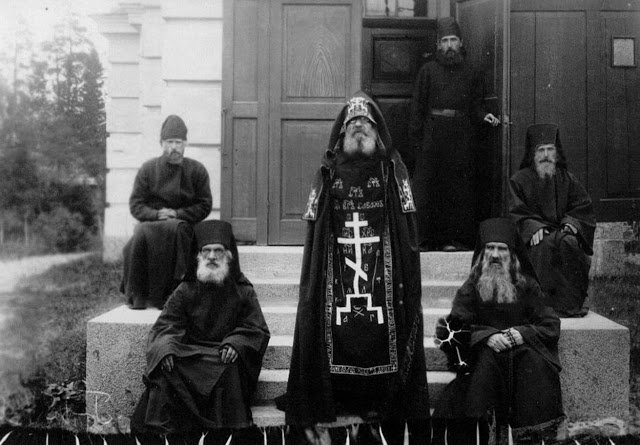
The good example in everything of this nun reminded me of why from a young age visiting monasteries in Greece with my family I came to love the liturgical life and centuries-long tradition of Orthodox monasticism.
Simple faith; brotherly love to and for all; self-sacrifice; and, a detached mind free from worldly cares and the anxieties produced by them.
The monastic life may be for few but those who have been called to it and carry out their responsibilities correctly become the salt of the earth and the light of the world (cf. Mt 5:13-14) – like my new mother and sister, the humble nun.
Source: https://www.huffingtonpost.com/evagelos-sotiropoulos/why-i-love-orthodox-monas_b_6922862.html



